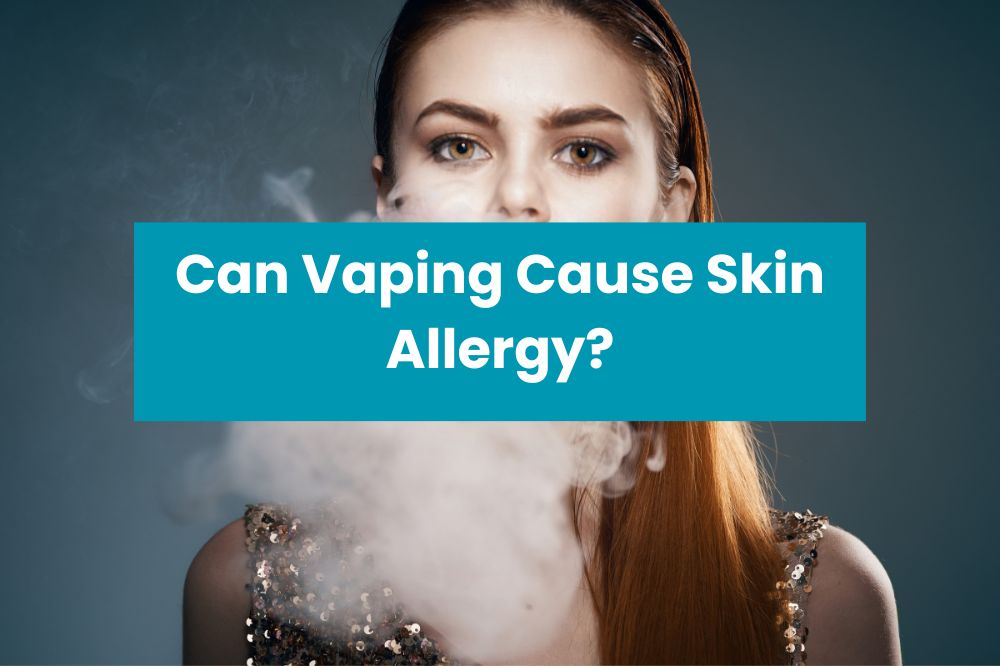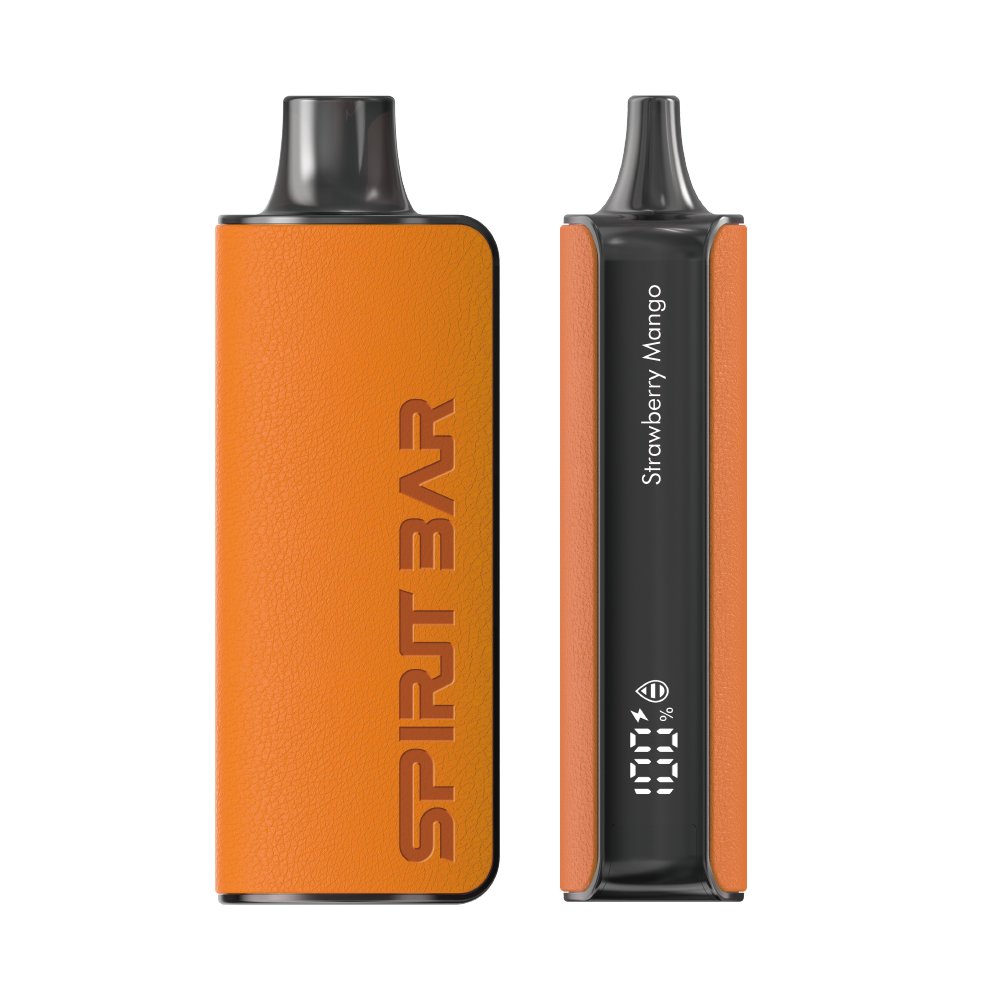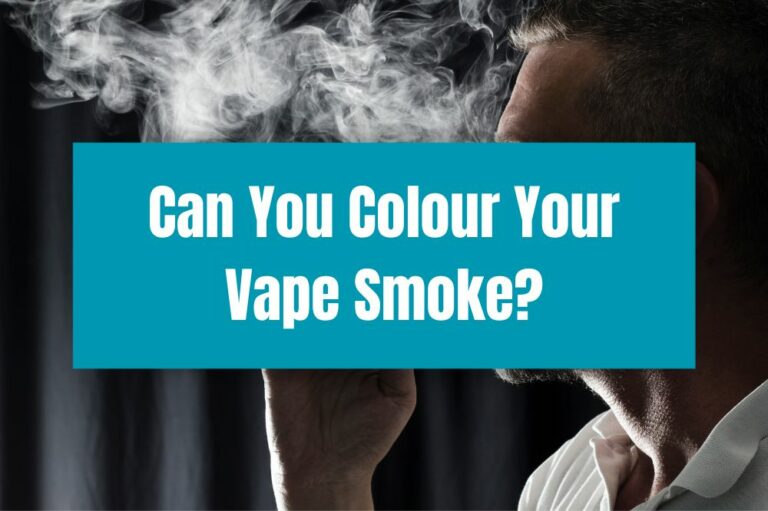Can Vaping Cause Skin Allergy?

If you’re a vaper, you might be wondering if vaping can cause skin allergies. While vaping is considered by some to be a safer alternative to smoking, there are still potential risks associated with it. One of these risks is the possibility of developing a skin allergy.
Propylene glycol (PG) is a common ingredient in e-liquids used in vaping. PG is known to be a skin irritant and can cause rashes and hives in some people. If you’re experiencing skin irritation after vaping, it’s possible that you’re allergic to PG. Vegetable glycerin (VG) is another common ingredient in e-liquids, but it is less likely to cause skin irritation than PG.
It’s important to note that while skin allergies from vaping are uncommon, they are still possible. If you’re experiencing any symptoms of a skin allergy after vaping, such as redness, itching, or hives, it’s important to stop vaping and seek medical attention. A doctor can help determine the cause of your symptoms and provide treatment options.
Understanding Vaping
Vaping is the act of inhaling and exhaling vapor produced by an electronic cigarette or other similar device. The vapor is created by heating a liquid, commonly referred to as e-liquid or vape juice, which usually contains nicotine, flavorings, and other chemicals. Vaping is often viewed as a safer alternative to smoking traditional cigarettes, but it is not without its risks.
When you vape, the vapor enters your lungs and is absorbed into your bloodstream. The nicotine in the e-liquid can cause addiction and other health problems, such as high blood pressure and heart disease. In addition, the chemicals in the e-liquid can have harmful effects on your skin and other parts of your body.
One of the potential risks of vaping is skin allergy. Some people may be allergic to the chemicals in the e-liquid or the materials used in the device. This can cause a range of symptoms, including skin rashes, itching, and hives. In severe cases, it can even lead to anaphylaxis, a life-threatening allergic reaction.
SPIRITBAR Katana BP10000
- Slender, leather-textured body reminiscent of a katana handle for an authentic samurai feel
- Unique samurai-inspired e-liquid flavor - fruity yet not too sweet, with a luxurious, elegant aroma
- Powerful 650mAh rechargeable battery for extended vaping time
- Large 18ml e-liquid capacity and 10,000 puff capacity
- Advanced mesh coil and e-liquid & power display screens for optimal vaping experience
The special juice captures the essence of the samurai spirit with its rich, smoothly pulsating flavor that brings new satisfaction with every puff. The device's slender, leather-textured design evokes the grip of a samurai's katana, making this product a perfect choice for beginner vapors.
It is important to note that not everyone who vapes will develop a skin allergy. However, if you experience any symptoms after vaping, it is important to seek medical attention. Your doctor can help you determine whether you have a skin allergy and recommend appropriate treatment options.
In summary, while vaping may seem like a safer alternative to smoking, it is not without its risks. Skin allergy is one potential side effect of vaping, and it is important to be aware of the symptoms and seek medical attention if necessary.
The Connection Between Vaping and Skin Allergy
If you are experiencing skin allergy symptoms after vaping, you are not alone. Many people have reported skin problems after using e-cigarettes. The reason why vaping can cause skin allergy is not well understood, but there are several factors that may contribute to it.
One of the main culprits is propylene glycol, a common ingredient in e-liquids. Propylene glycol can cause skin irritation and allergic reactions in some people. If you are allergic to propylene glycol, you may experience symptoms such as itching, redness, and swelling of the skin.
Another factor is the flavorings used in e-liquids. Many flavorings contain chemicals that can irritate the skin and cause allergic reactions. For example, fruit and spice flavorings such as strawberry, mint, and berry extracts are known irritants on the skin and can produce hives and a systemic reaction.
It is also possible that the nicotine in e-cigarettes can cause skin allergy. Nicotine is a vasoconstrictor, which means it narrows blood vessels and reduces blood flow to the skin. This can lead to dry skin, itching, and other skin problems.
SPIRITBAR Jack’s Flask 9000 Puffs
- Stylish pirate flask-shaped body providing an exciting vaping experience
- Delivering up to 9000 puffs per device
- 20ml e-liquid capacity with 50mg nicotine strength for satisfying throat hit
- Specialized pirate-themed e-juice flavors for rich, swirling taste
- Premium mesh coil optimizes flavor profile for maximum vaping enjoyment
This disposable vape captures the daring spirit of the high seas with its flask styling and signature pirate e-juice flavors. The extraordinary battery life provides 9000 indulgent puffs for extended vaping pleasure. Live boldly and freely with the Jack's Flask - a legendary vaping experience fit for a pirate's adventures.
If you are experiencing skin allergy symptoms after vaping, it is important to stop using e-cigarettes and seek medical attention. Your doctor may recommend antihistamines or other medications to relieve your symptoms and prevent further skin damage.
In conclusion, while the exact cause of skin allergy from vaping is not clear, there are several factors that may contribute to it. If you are experiencing skin problems after using e-cigarettes, it is important to seek medical attention and stop using them immediately.
Common Symptoms of Skin Allergy Due to Vaping
If you are experiencing skin allergy due to vaping, you may notice some common symptoms. These symptoms may vary from person to person, but some of the most common ones include:
Rashes
Rashes are one of the most common symptoms of skin allergy due to vaping. They can appear on any part of the body and may vary in size and shape. These rashes are usually red and itchy, and they may also be accompanied by bumps or blisters.
Itching
Itching is another common symptom of skin allergy due to vaping. It can be mild or severe and may occur on any part of the body. Itching can be accompanied by other symptoms such as redness, swelling, and rashes.
Swelling
Swelling is also a common symptom of skin allergy due to vaping. It can occur on any part of the body and may be accompanied by other symptoms such as redness, itching, and rashes. Swelling can be mild or severe, and in some cases, it can lead to difficulty breathing.
If you are experiencing any of these symptoms, it is important to seek medical attention. Your doctor may recommend certain treatments such as antihistamines or corticosteroids to help alleviate your symptoms. Additionally, it is important to avoid vaping or using e-cigarettes until your symptoms have resolved.
Mechanism of Allergic Reaction
When you inhale vape, the chemicals present in it can trigger an allergic reaction. The immune system identifies these chemicals as harmful and produces antibodies to fight them off. These antibodies then release histamines, which cause the symptoms of an allergic reaction.
Propylene glycol (PG) and vegetable glycerin (VG) are two common ingredients in vape liquids that can trigger an allergic reaction. PG is known to cause skin irritation, while VG can cause respiratory problems. Other chemicals like nicotine, flavorings, and preservatives can also cause an allergic reaction.
Allergic reactions to vape can manifest in various ways, including skin rashes, itching, nasal congestion, sneezing, coughing, wheezing, and shortness of breath. It’s important to note that while vaping can potentially trigger allergies, not everyone will have the same response.
If you’re experiencing any of these symptoms after vaping, it’s important to seek medical attention right away. Your doctor can diagnose the allergy and recommend treatment options, which may include antihistamines, corticosteroids, or immunotherapy.
SPIRITBAR Katana BP10000
- Slender, leather-textured body reminiscent of a katana handle for an authentic samurai feel
- Unique samurai-inspired e-liquid flavor - fruity yet not too sweet, with a luxurious, elegant aroma
- Powerful 650mAh rechargeable battery for extended vaping time
- Large 18ml e-liquid capacity and 10,000 puff capacity
- Advanced mesh coil and e-liquid & power display screens for optimal vaping experience
The special juice captures the essence of the samurai spirit with its rich, smoothly pulsating flavor that brings new satisfaction with every puff. The device's slender, leather-textured design evokes the grip of a samurai's katana, making this product a perfect choice for beginner vapors.
To avoid allergic reactions, it’s important to know what’s in your vape liquid and choose a trusted brand. If you’ve experienced any symptoms after vaping, it might be worth trying a vape liquid with natural ingredients, which could be less likely to cause a reaction.
Factors Contributing to Vaping-Induced Skin Allergy
If you are experiencing skin allergy symptoms after vaping, it is essential to identify the potential factors contributing to your condition. Here are some common factors that may cause skin allergy:
Nicotine
Nicotine is a highly addictive substance found in most e-cigarettes and vaping devices. It can cause skin irritation and allergic reactions, especially in people with sensitive skin. Nicotine can also reduce blood flow to the skin, leading to dryness, redness, and flakiness.
Flavoring Agents
Many e-cigarettes and vaping devices contain flavoring agents, such as fruit, candy, and mint. While these flavors may enhance the vaping experience, they can also cause skin allergy symptoms. For example, some people may be allergic to specific flavoring agents, leading to skin rashes, hives, and itching.
Propylene Glycol and Vegetable Glycerin
Propylene glycol and vegetable glycerin are two common ingredients found in e-liquids used in vaping devices. These substances act as humectants, which means they help to keep the liquid from drying out. However, they can also cause skin irritation and allergic reactions, especially in people with sensitive skin.
If you are experiencing skin allergy symptoms after vaping, it is essential to seek medical attention. Your doctor can help you identify the potential factors contributing to your condition and recommend appropriate treatment options. Additionally, you may need to stop vaping or switch to a different product to avoid further skin allergy symptoms.
Preventing Skin Allergy From Vaping
If you are experiencing skin allergy or other dermatologic conditions after vaping, there are steps you can take to prevent it from happening again. Here are some tips to help you:
Use High-Quality Products
One of the main causes of skin allergy from vaping is the use of low-quality e-cigarettes and vaping liquids. Always choose high-quality products from reputable manufacturers to reduce the risk of skin allergies. Check the labels and ingredients list to ensure that the product does not contain any ingredients that you are allergic to.
Keep Your Skin Clean and Moisturized
Keeping your skin clean and moisturized can help prevent skin allergies caused by vaping. Use a gentle cleanser to remove any residue from vaping liquids or e-cigarettes from your skin. After cleansing, apply a moisturizer to keep your skin hydrated. This will help prevent dryness and irritation that can lead to skin allergies.
Protect Your Skin
If you are prone to skin allergies, it is important to protect your skin from exposure to vaping liquids and e-cigarettes. Wear gloves or other protective gear when handling vaping products. If you are using an e-cigarette, try to keep it away from your skin as much as possible. This will help reduce the risk of skin allergies and other dermatologic conditions.
Consult a Dermatologist
If you are experiencing skin allergies or other dermatologic conditions after vaping, it is important to consult a dermatologist. A dermatologist can help you identify the cause of your skin allergy and recommend appropriate treatment. They can also provide advice on how to prevent skin allergies from vaping in the future.
By following these tips, you can help prevent skin allergies and other dermatologic conditions caused by vaping. Always choose high-quality products, keep your skin clean and moisturized, protect your skin, and consult a dermatologist if you experience any skin allergies or other dermatologic conditions.
Medical Treatments Available
If you are experiencing skin allergy symptoms from vaping, there are several medical treatments available to help alleviate your discomfort. Your doctor will be able to recommend the best treatment option based on the severity of your symptoms.
Topical Treatments
Topical treatments are medications that are applied directly to the skin. These treatments can help reduce itching, redness, and swelling. Some common topical treatments include:
- Corticosteroid creams: These creams contain steroids that help reduce inflammation and itching.
- Calamine lotion: This lotion can help soothe itching and reduce redness.
- Antihistamine creams: These creams contain antihistamines that help reduce itching and swelling.
Oral Medications
Oral medications are taken by mouth and can help reduce inflammation and itching throughout the body. Some common oral medications include:
- Antihistamines: These medications help reduce itching and swelling.
- Corticosteroids: These medications help reduce inflammation and itching.
- Immunosuppressants: These medications help suppress the immune system and reduce inflammation.
Immunotherapy
Immunotherapy is a treatment option that involves exposing the body to small amounts of the allergen over time. This can help the body build up a tolerance to the allergen and reduce the severity of symptoms. Immunotherapy is typically used for severe allergies and may involve allergy shots or sublingual drops.
It is important to talk to your doctor about your symptoms and medical history before starting any treatment. Your doctor can help determine the best treatment option for you.
The Role of Dermatologists in Diagnosis and Treatment
If you suspect that you have a skin allergy caused by vaping, you should consult a dermatologist. Dermatologists are medical professionals who specialize in diagnosing and treating skin conditions. They can help you determine whether your skin condition is related to vaping or not.
During your appointment, the dermatologist will ask you about your symptoms and medical history. They may also perform a physical examination of your skin. If necessary, they may order additional tests, such as a skin biopsy or patch test.
Once the dermatologist has diagnosed your skin condition, they will develop a treatment plan tailored to your specific needs. Treatment options may include topical creams, oral medications, or lifestyle changes, such as quitting vaping. Your dermatologist will work with you to create a plan that is effective and manageable.
It is important to follow your dermatologist’s instructions carefully and attend all follow-up appointments. Skin conditions can be complex and require ongoing care to manage effectively.
In addition to providing treatment, dermatologists can also help you prevent future skin allergies caused by vaping. They can offer advice on how to avoid exposure to potential allergens and recommend products that are safe for your skin.
Overall, dermatologists play a crucial role in diagnosing and treating skin allergies caused by vaping. If you are experiencing symptoms, it is important to seek medical attention as soon as possible.








